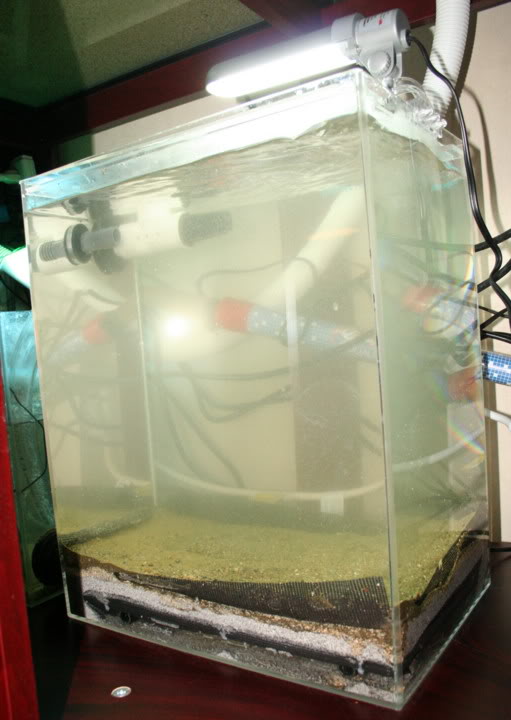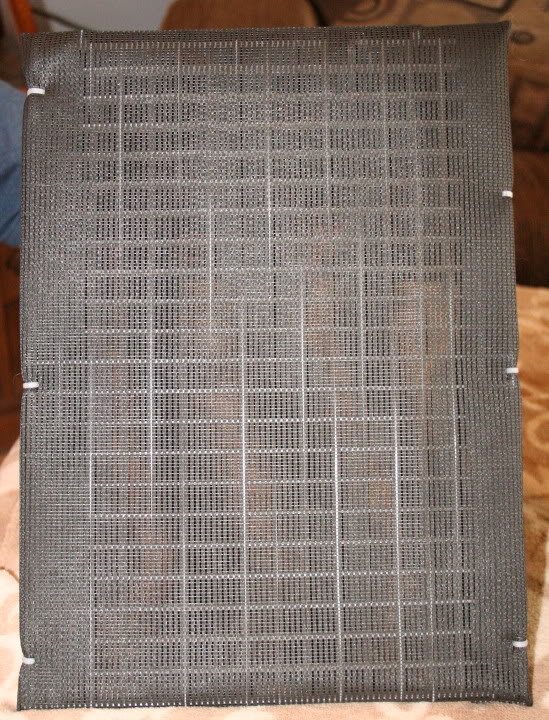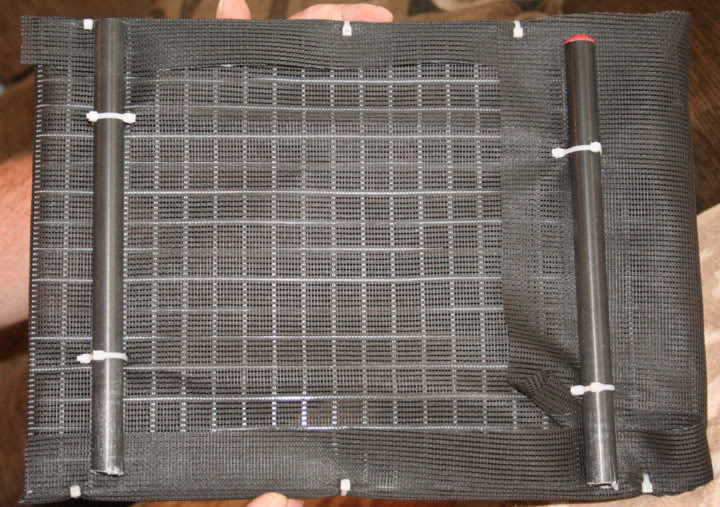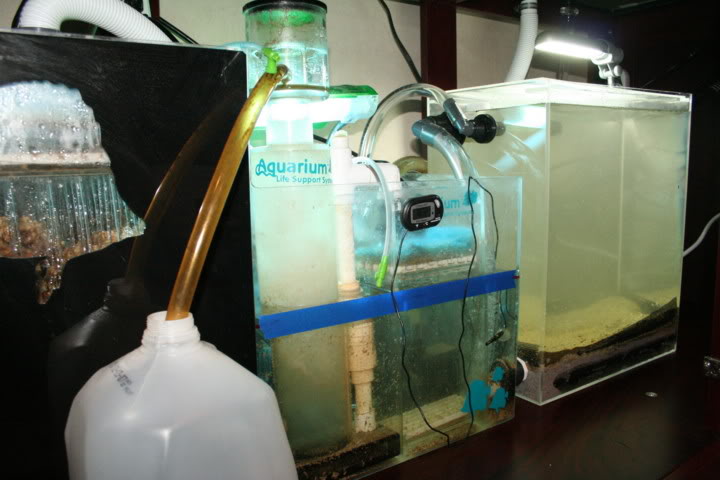Wrote this up awhile back, you may or may not find it helpful.
How deep is a deep sandbed (DSB), how do you properly set it up, and once it is properly set-up, how do you go about properly maintaining it?
While often debated as a risky endeavor as it may result in a aquarium crashing at some point and time, the properly set-up and maintained DSB is an excellent source of natural biological filtration, a valuable source for the release of calcium carbonate into the water column, and an excellent pH buffer. It is my personal belief that most aquarium crashes associated with a DSB are caused by a failure to properly set -up or maintain the DSB long term. So how does one go about properly setting up a DSB?
Set-up:
A properly set-up DSB consists of three distinct layers, each ranging from 1" to 2" or more in depth.
The Bottom Layer or Plenum: The bottom layer in a DSB can be set up in one of two ways; either a plenum or a layer of very course substrate. This bottom layer is the anaerobic portion of the DSB, and anaerobic bacteria, similar to those found living deep inside the pores of LR, are found here. These anaerobic bacteria complete the nitrogen cycle, by converting nitrates into harmless nitrogen gas. Hydrogen sulfide gas is also produced as a result of this conversion, creating slightly acidic conditions in this area. Generally this deadly hydrogen sulfide gas is broken down within the anaerobic area, however, if this deep layer is disturbed by the hobbiest or deep burrowing fish or invertes, this gas, the acidic water, as well as any trapped nutrients may be released causing the aquarium to "crash."
The Plenum
A plenum is created using an undergravel filter or eggcrate covered with a layer of plastic or fiberglass screen supported above the bare aquarium bottom by inert spacers such as PVC or plastic pipe. The plenum creates an open water space 1" to 2" inches deep.
Plenum for a remote DSB
Bottom of the Plenum
Course Substrate
In the event that a plenum is not used (and research has shown that there is no significant benefit to using or not using a plenum with DSBs), the bottom layer can consist of a 1" to 2" layer of course sand, CC gravel or crushed shell; regardless of the substrate used, the material should be course enough that the layer is very porous allowing bacteria to colonize and water to diffuse easily. Using aragonite sand, CC, or crushed shell also allows these substance to break down in the slightly acid conditions of this layer, and release calcium carbonate into the aquarium water at a slightly faster rate than normal. A layer of plastic or fiberglass screen should
always be placed on top of the course substrate or the plenum. The purpose of the screen is to prevent deep burrowing fish or invertebrates from disturbing the bottom layer of the DSB, and releasing hydrogen sulfide gas, acidic water, or nutrients into the aquarium.
The Second Layer:The second layer should consist of a layer of aragonite sand, roughly 1" to 2" inches in depth with a particle size of about 2 to 3mm. Either "live sand" or dry aquarium sand can be used for this layer, if dry sand is used however, it should be seeded with true live sand (not the bagged live sand) aquired online or at your LFS, in order to introduce the desired microfauna and bacteria required to maintain the DSB long term. A second plastic or fiberglass screen may also be added at this point.
The Final Layer: The final layer should consist of an 1" to 2" of very fine sand with a particle size of 1mm or less. Some prefer to use "sugar sand" for this layer, and live "mud" is sometimes used for this final layer in some remote DSBs. Again, the introduction of desirable microfauna and bacteria is required.
Maintanence:
Contrary to popular belief, a DSB requires little direct mainanence by the hobbiest. Properly maintaining a DSB requires that the sandbed remain relatively undisturbed, although some raking of debris and syphoning the top inch of sand is not uncommon. DSBs function by the slow diffusion of water through the sandbed, and a diverse population of microfauna is required; the tiny worms, mollusks, and crustaceans that dwell within the sandbed are what keeps the water flowing through the bed. Additionally, a strong flow must be maintained across the surface of the sandbed at all times. Most of the microfauna that maintain the sandbed are filterfeeders, and a strong steady flow is required to provide them with a fresh supply of food. The flow should not be strong enough to move the sand itself, but should be enough to prevent the accumulation of debris. And finally, and most importantly, sand-sifters, such as sand-sifting fish and seastars quickly remove the biodiversity from a DSB and should generally be avoided, especially in a smaller aquarium.
DSBs are not recommended for aquariums smaller than a 20gal long and require the regular re-introduction of sand or mud-dwelling microfauna, usually accomplished by the addition of more true LS or LM.
Because of the inherint risk involved with a DSB, many prefer to set up a remote DSB as part of their sump/refugium system rather than establishin the DSB in their aquarium. These remote systems are typically set-up with a valve system so that if something goes wrong with the DSB it can be taken off-line.
Remote DSB
Regardless of how you choose to do it, the addition of a DSB can result in a beautiful, nutrient free aquarium that will continue to provide you with pleasure for many years.




